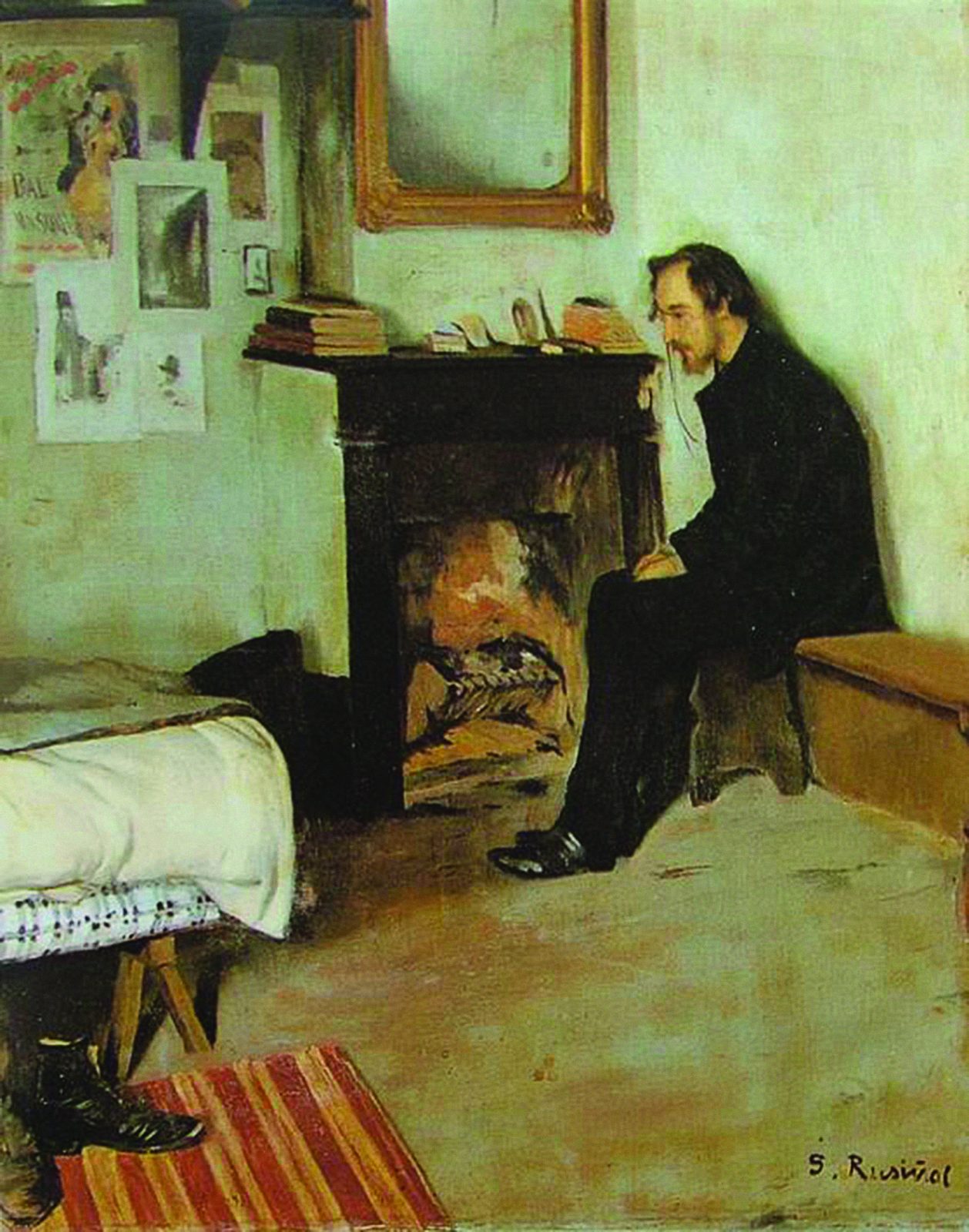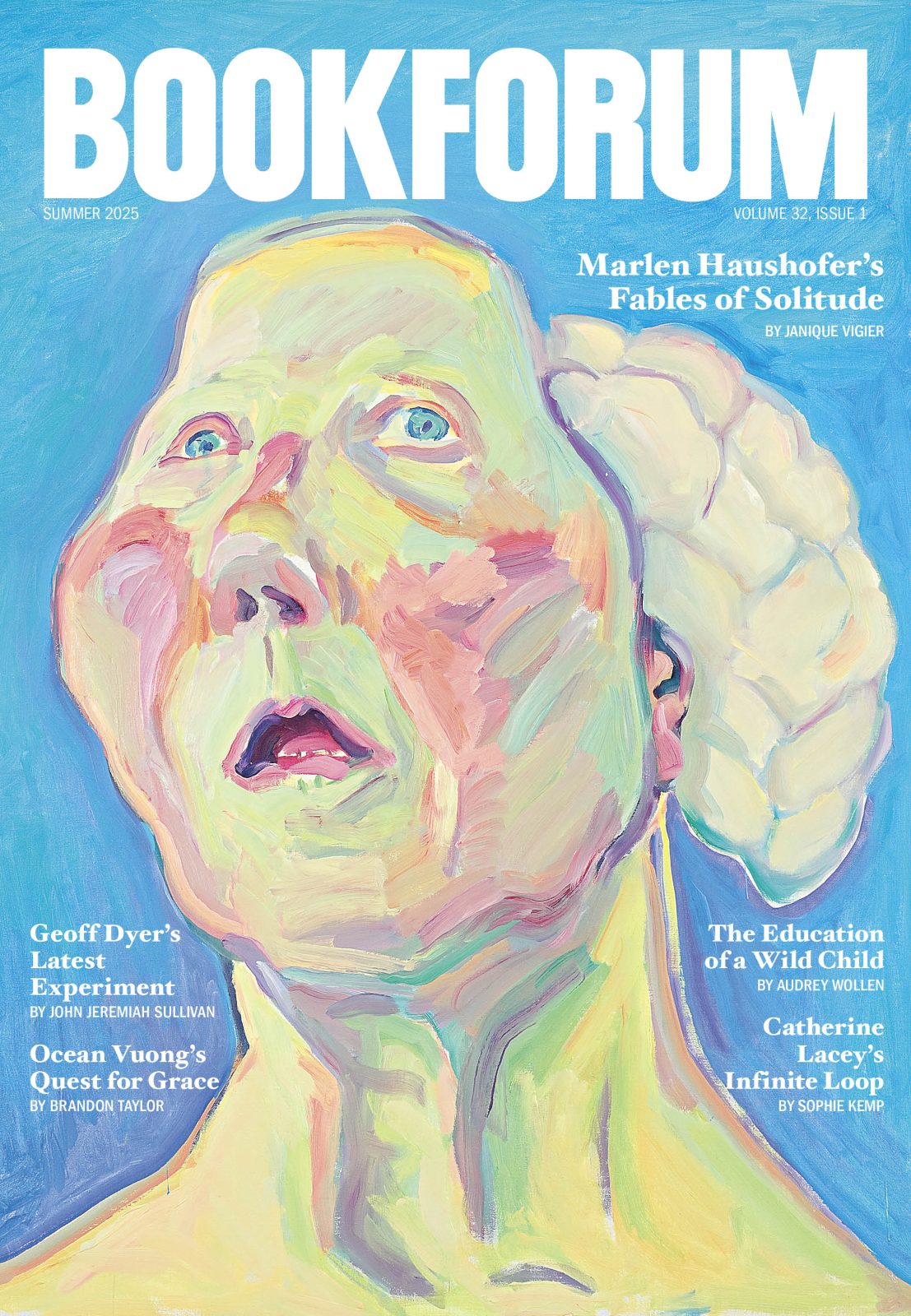AH SATIE AGAIN! When Roger Shattuck wrote his The Banquet Years chapters dedicated to Satie back in 1955, he could still describe the enigmatic Parisian as “a musician more heard of than heard.” In the mid-1980s, when I read Shattuck’s portrait of the Belle Epoque demimonde, I distinctly remember thinking that Aldo Ciccolini’s Satie disks on the budget Angel label were as precious and rare as the Vocalion recordings of Robert Johnson, the first and last and only option available to channel the work of a ghostly legend. But commerce long ago overtook the touching tribute Shattuck paid to obscurity. Who today, a hundred years after Satie’s death, doesn’t recognize in a few notes the composer’s brand—most typically, the ostinato bass line of the first of the three Gymnopedies, or the beguiling melody of Gnossienne no. 1, among the earliest works he ever committed to paper? Ian Penman writes in his Erik Satie Three Piece Suite, “Contemplating this book, I asked a selection of young people: ‘Have you heard of Erik Satie?’ Across the board his name registered nothing. The moment I played the Gnossiennes and Gymmopédies however—‘Oh, I LOVE those!’”
You could write a nice little book on the odyssey of those two series of compositions alone, their prescience and omnipresence, their splendid existence between mystery and banality, the walk-on roles they’ve played in “quirky” movies from Being There to The Royal Tenenbaums, their ubiquity on “work from home” Spotify compilations that sprouted like mushrooms during the pandemic. Satie (1866–1925) by all accounts zoomed in popularity during the global health crisis, his music seeming tailor-made for the lockdown moment. Indeed, pianist Igor Levit’s live-streamed fifteen-hour-plus performance of the uber-repetitive Vexations—a work championed posthumously (and vampirically, some might say) by John Cage—became a kind of affirming audio answer to the strange temporality of life during Covid. As Virgil Thomson once remarked, “Satie used very few notes but they were all in the right place.”
In writing about Vexations in the encyclopedic section (“Satie A–Z”) of his affectionate three-part book, Penman notes: “Everyone their own Satie.” For his part, Penman’s Satie is an “unresolved chord hanging in the air,” an angular bundle of contradictory impulses—at once “a long ago ornament . . . and more playfully modern than our own increasingly doctrinaire era.” He’s a classical tonic for those who can’t stomach the classics, a café composer with one foot in the greasy music-hall Montmartre of Le Chat Noir and its street culture of barrel organists and dancing monkeys, the other in the modal Gregorian chant he imbibed as a young conservatory dropout transplanted to Paris from his native Honfleur. He’s a visionary comic and a comic visionary—or a funny, not funny one at least (throughout the book Penman ponders the question of what distinguishes Gallic raillery from its slapstick cousins abroad). He’s seemingly always early on the scene or miles ahead of the game: sometime sidekick of Debussy, collaborator with Cocteau, father figure to Georges Auric and Darius Milhaud and the world of Les Six, third wheel to Picabia and René Clair in creating the first film with a synched soundtrack (1924’s Entr’acte). Penman’s Satie is the missing link between a kaleidoscope of phenomena past and present, from Jacques Tati to Bill Evans, from Rabelais to Burt Bacharach, from Derrida’s Spurs to Stephen Sondheim’s A Little Light Music. It sounds like a recipe for a cloudy broth, yet Penman’s study is pleasantly capacious enough to accommodate all of this and more.
The cover of Three Piece Suite is a photo of Debussy and Satie taken around 1900, their images doubled and reversed by an enormous mirror behind them, in front of which is placed an incongruously grimacing Buddha. You might read this as a kind of visual pun on the title of Penman’s previous book, Fassbinder Thousands of Mirrors, an homage to the German auteur who, like Satie, had a thing for sartorial consistency. In the image, Satie is in the uniform we associate with his “mature” period: the British-style three-piece business suit he wore every day, sans his habitual bowler hat (he’s indoors, after all) and the umbrella he admonished one should never leave home without. When the photo was taken, his path and Debussy’s were at a crossroads; where the two of them had set out joined in their aversion to the German classical music they called sauerkraut, their friendship was cooling as Debussy’s star ascended. The title of Satie’s 1903 Trois morceaux en forme de poire—Three Pieces in the Form of a Pear—is sometimes cited as his sardonic answer to Debussy’s high-handed critique that he ought to pay more attention to form.
Not long after the image of the two composers was taken, the thirty-nine-year-old Satie, already notorious in Paris as a composer, all but ceased to write music for a decade and made the curious decision to go back to school, undertaking in 1905 classes in counterpoint with Albert Roussel at the Schola Cantorum. Like the decision to change his name from Eric to Erik (Penman wryly compares the semantic difference to that between magic and magick) and to move from his jerry-rigged placard in the rue Cortot to an even humbler shack a few miles away out in the sticks of Arcueil (a trek he covered on foot almost every night, armed with a hammer), much of the biographical texture of Satie’s life involves a few sudden breaks, following years of highly regimented behavior—from choice of clothing to timing of meals—of which he made a nearly devotional fetish.
Penman is an intrepid guide to a career and a terrain that can be hard to track. As in his Fassbinder, this book is a stylishly affectionate full-book essay (or series of essays) chasing the contrails of a figure who holds surprising resonance for him. Who would have guessed the British critic who cut his teeth at the New Music Express in the skinny-tie years of the 1970s and ’80s would find himself waxing on the misty Belle Epoque demimonde of Satie? You get the sense Penman is figuring out for himself just why the German filmmaker and the French composer have resided in his brain for so many decades—and in the case of the latter, at least as evidenced by the “Satie Diary” that concludes the book, lodged in his subconscious as well. Thoughts of Satie trigger little autobiographical nuggets from Penman, mini-essays on hoarders versus collectors, on happy avant-gardists versus dour modernists, on the serendipitous pleasures of Wikipedia. He explores with avuncular charm the lost culture of the English charity shop and the chance encounters it made possible during his formative years. The spell that Satie cast on him was a lucky one.

BY THE TURN OF THE CENTURY, Satie had already gone through a first change of uniforms, from the ratty down-and-out look on view in the 1892 portrait made of him by his sole acknowledged romantic partner, the painter and ex-acrobat Suzanne Valadon, to the set of seven identical mouse-colored corduroy suits he famously favored. Early on, he seemed to have discovered the creative possibilities of repetition, in his life and in his compositions, which never seem to quite progress so much as to dilate slowly on a theme. “It was as if repetition and routine had meaning for him, even in his clothing, or perhaps he believed that repetition might instill meaning into his life,” musicologist Caroline Potter has written. But he had also dipped into and out of esoterica, falling briefly into the décadent orbit of Joséphin Péladan and his occult Order de la Rose-Croix Catholique du Temple et du Graal. The distant strains of that gnostic moment form another atmospheric ingredient that bubbles up through the early work.
Whatever lessons he learned from his midlife caesura, the Satie that emerged in the first decades of the twentieth century was a more self-consciously avant-garde creature. If you only listen to the jaunty series of twenty-one piano pieces that make up his 1914 Sports et Divertissements, you miss the visually experimental textual play of the score, which incorporated the comic prose, strikingly rendered in his bloodred gothic calligraphy, that he wrote to accompany each piece. Famously, he forbade performers from reading these “notes” aloud. More momentously, perhaps, Satie intuited and embraced the new and modern role that music could or would play alongside other arts, starting with Parade, the scandalous Diaghilev ballet that premiered in 1917 with Satie’s score and Picasso’s set designs. While none of the commissioned work Satie took on—the “chamber opera” setting of Victor Cousin’s Socrate (1917–18), the ballets Mercure and Relâche (both 1924)—endeared him to the public, they cemented his popular legacy as a kind of multimedia visionary.
To Penman, nothing proved quite as future-perfect as Satie’s circa-1917 concept of musique d’ameublement, the at once silly and profound idea of a music that would seamlessly fuse with its furnishings, as comfortable and utilitarian as a chair around a table. “I think of it as melodious,” Satie wrote about the idea, “softening the noises of the knives and forks at dinner, not dominating them, not imposing itself. It would fill up those heavy silences that sometimes fall between friends dining together. It would spare them the trouble of paying attention to their own banal remarks. . . . To make such music would respond to a need.” Satie’s attempt to bring his idea of “utilitarian music” to life, during the intermission of a Max Jacob play staged at a gallery in 1920, ended in failure. When he invited his audience to wander about, eat, and drink, they stayed seated instead. “It was no use Satie shouting ‘Talk, for heaven’s sake! Move around! Don’t listen,’” Darius Milhaud recalled. “They kept quiet. They listened.”
You could write a second nice little book on the odyssey of “furniture music” alone. Penman for his part leaps around to a host of posthumous variations on the theme, good and bad, from mid-century Muzak and late-century Brian Eno to a present in which “elevator music may be computer-generated, with the score being composed entirely via algorithms.” Let’s give John Cage the last Satien word once again, with an anecdote not found in Three Piece Suite (a rarity). Brought in to collaborate on an installation of a Richard Lippold sculpture in the lobby of the Pan Am Building in New York in 1964, he proposed to pulverize and filter the Muzak piped into the lobby from the nearby elevators into fragments activated by photocells—Bell Labs was a consultant—as visitors confronted the work. Since every photocell encounter would be unalike, the results would be in constant variation, a cagey take on furniture music. The proposal went unrealized. As a Pan Am executive put it at the time, “The American businessman and the aesthete do not always see eye to eye.”
Eric Banks is director of the New York Institute for the Humanities and consulting editor of the Robert Rauschenberg Catalogue Raisonné.
